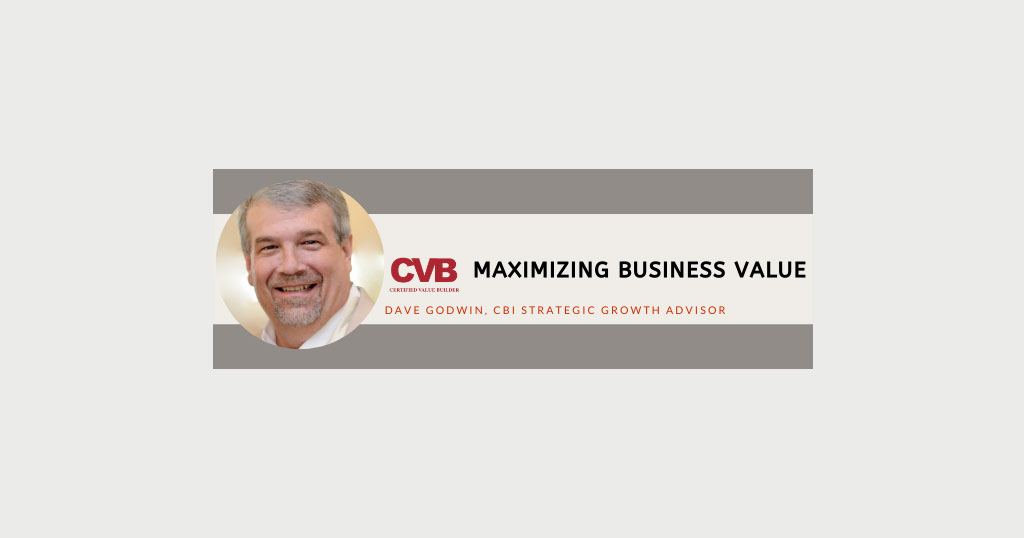Sell It or Squeeze It?
If you have considered selling your business of late, you may have been disappointed to see the offers a business like yours would garner from would-be acquirers.
According to the latest analysis of some 54,000 business owners who have used The Value Builder System, the average offer being made by acquirers is just 3.5 times your pre-tax profit. Companies with less than a million dollars in sales garner significantly lower multiples, and larger businesses may get closer to five times the pre-tax profit. Regardless of size, private company multiples are still significantly less than those reserved for public company stocks.
Given the paltry offer multiples, you may be tempted to hold on to your business and “squeeze it” for decades to come. After all, you might reason that if you hang onto your business for four or five more years, you could withdraw the same amount in dividends as you would garner from a sale and still own 100% of the business.
This logic – let’s call it the “Just Squeeze It Strategy” – seems sound on the surface, but there are some significant risks to consider.
1. You Shoulder the Risk – The biggest downside of holding on to your business, rather than selling it, is that you retain all of the risk. Most entrepreneurs have an optimism bias, but you need only remember how life felt in 2009 to be reminded that economic cycles go in both directions. While business may feel good today, the next five years could well be bumpy for a lot of founders.
2. Disk Drive Space – If you think of your brain like a computer’s disk drive, owning a business is like constantly running anti-virus software. Yes, in theory you can do other things like play golf or enjoy a bicycle trip through Tuscany and still own your business, but as long as you are the owner, your business will always occupy a large chunk of your brain’s capacity. This means family fun, vacations and weekends are always tainted with the background hum of your brain’s operating system churning through data.
3. Capital Calls – Let’s say your business generates $350,000 in Earnings Before Interest Taxes, Depreciation and Amortization (EBITDA), and you could sell your company for three times EBITDA or keep it. You may argue it’s better to keep it, pull your profit out in the form of dividends, and capture the same cash in three years as you would by selling it. This theory breaks down in capital-intensive businesses where there is usually a big difference between EBITDA and cash in the bank. If you have to buy machines, finance your customers, or stock inventory, a lot of your cash will be locked up in feeding your business and the amount of cash you can pull out of your business each year is a fraction of your EBITDA.
4. Tax Treatment – Depending on your tax jurisdiction, the sale proceeds of your business may be more favorably treated than income you would garner by paying yourself handsomely with the Just Milk It Strategy. You may actually need to pay yourself $2 or $3 for every $1 you can net from the advantageous tax treatment of a business sale.
5. You Can Do Better – Finally, you may be able to attract an offer higher than three or four times your pretax profit. The businesses we work with who have a Value Builder Score of 80 + get offers that are, on average 71% higher. Some of the owners we work with do even better, stretching multiples into double digits.
At CBI, we rapidly transform small to medium-sized businesses into companies that are built to sell, and in turn help buyers find remarkable enterprises in which to create their own legacy. Click to schedule time to chat about buying, selling or maximizing the value of your business.


